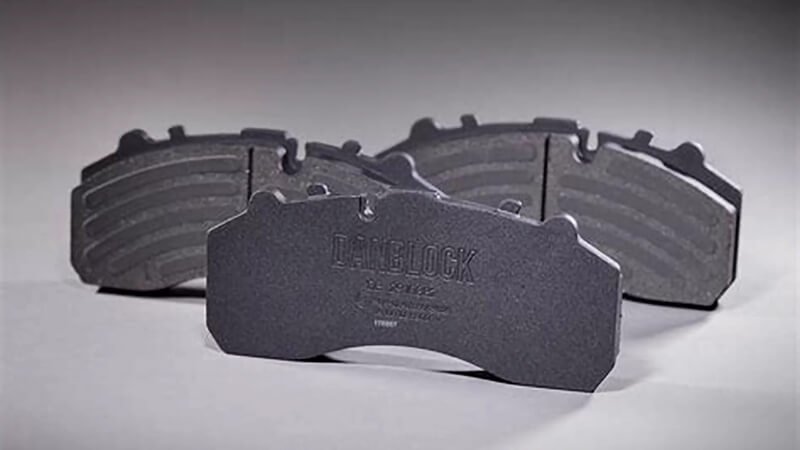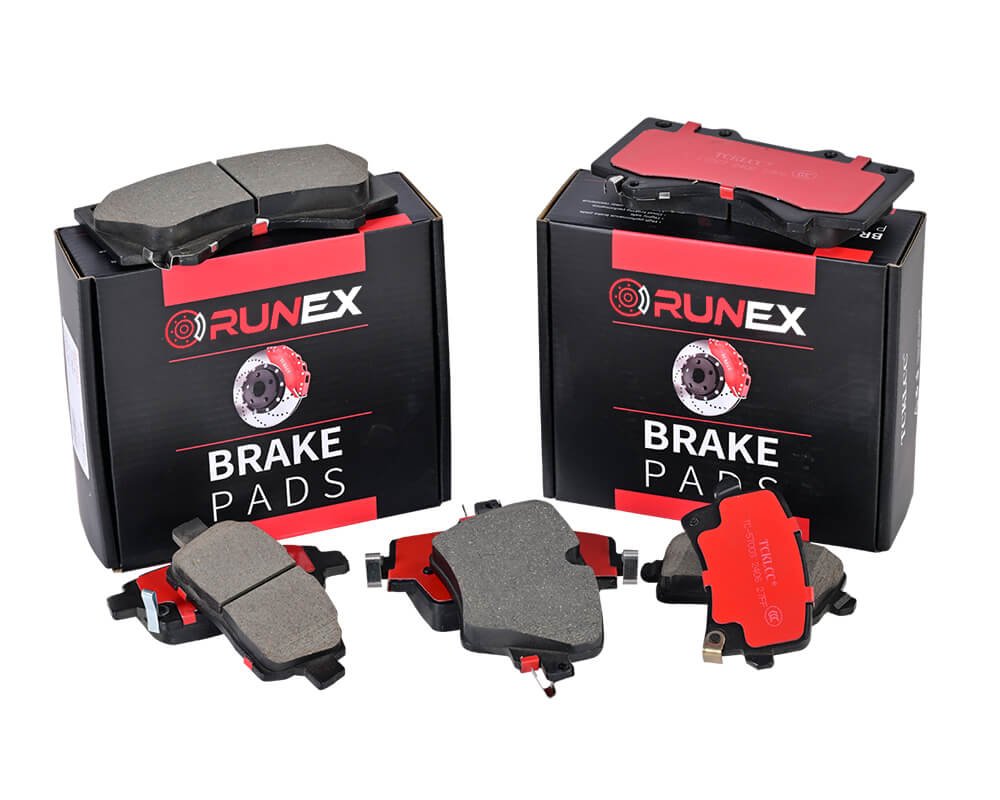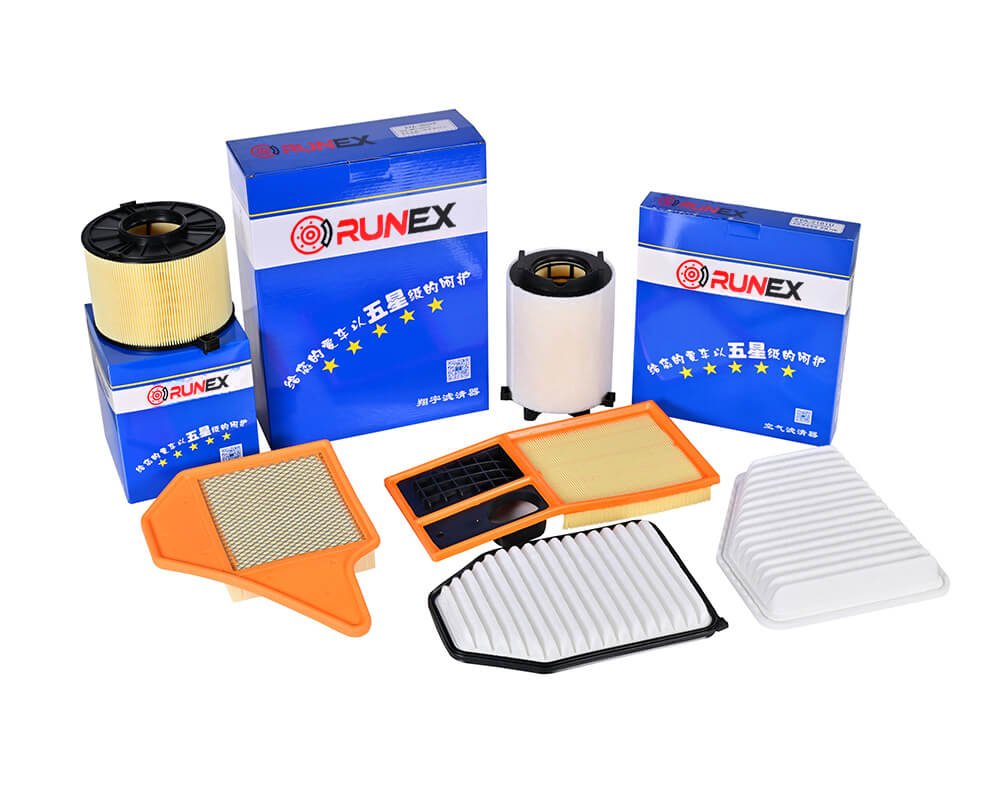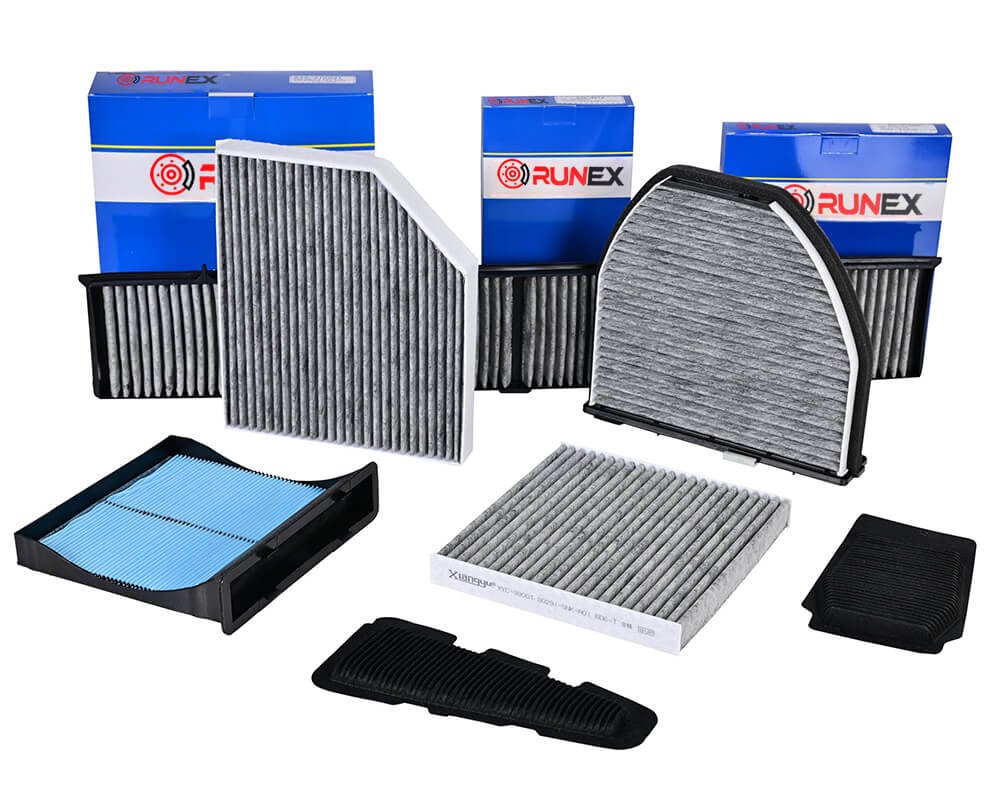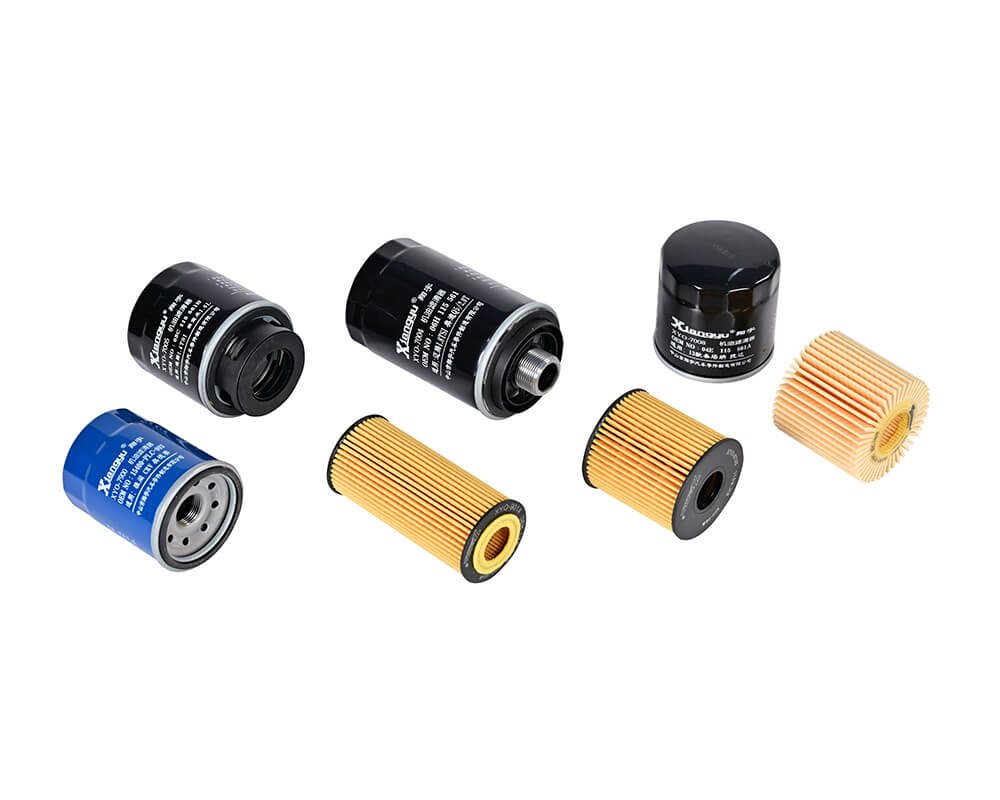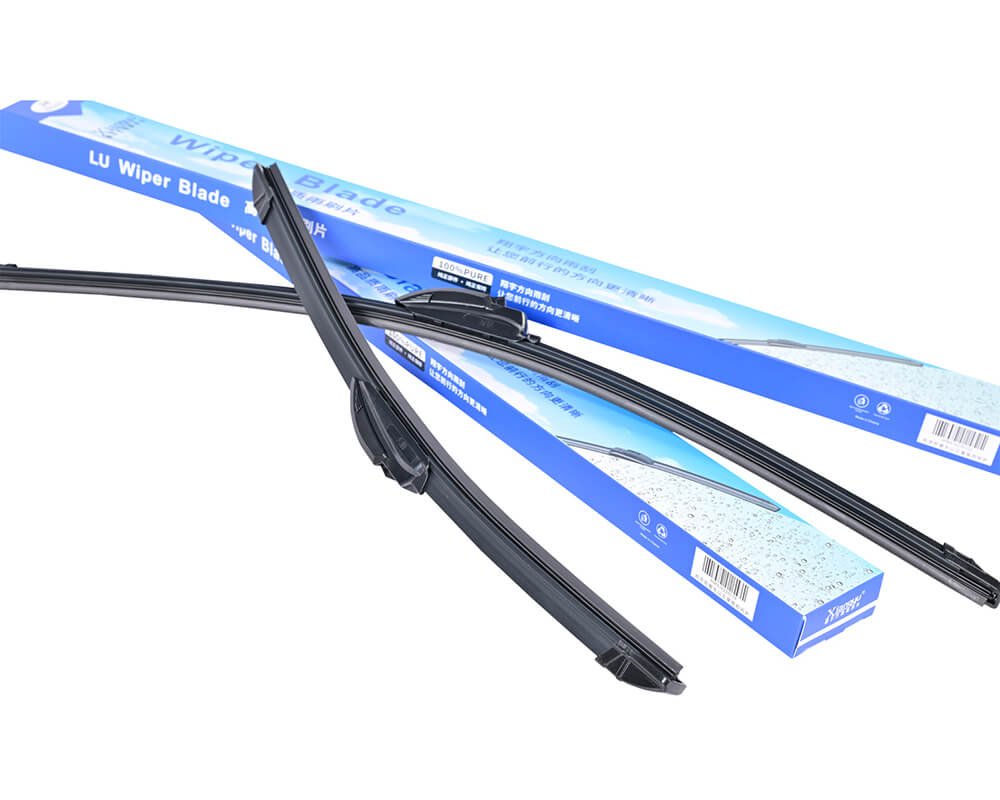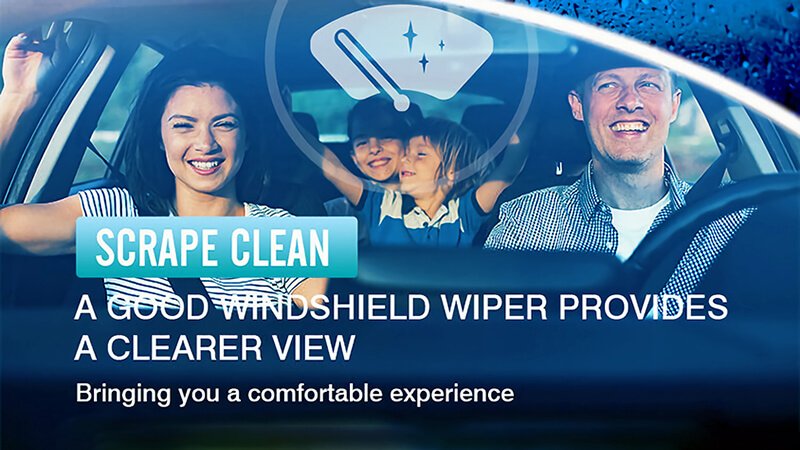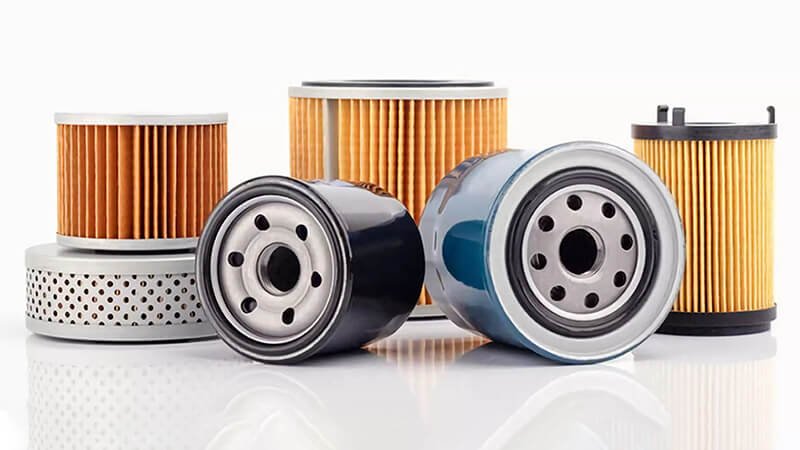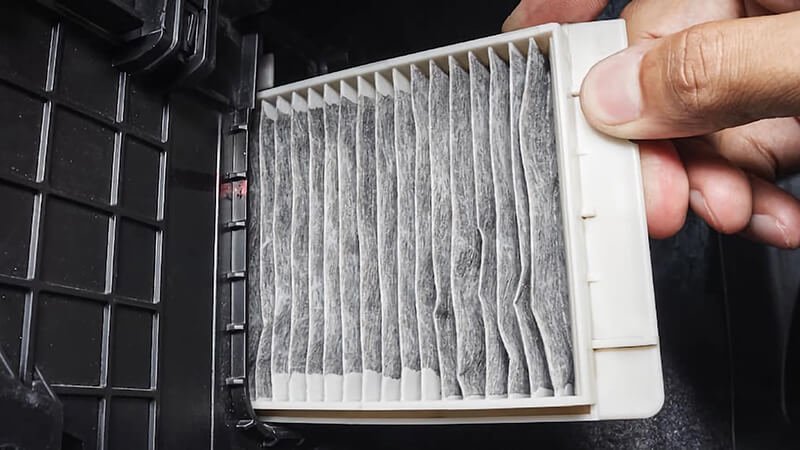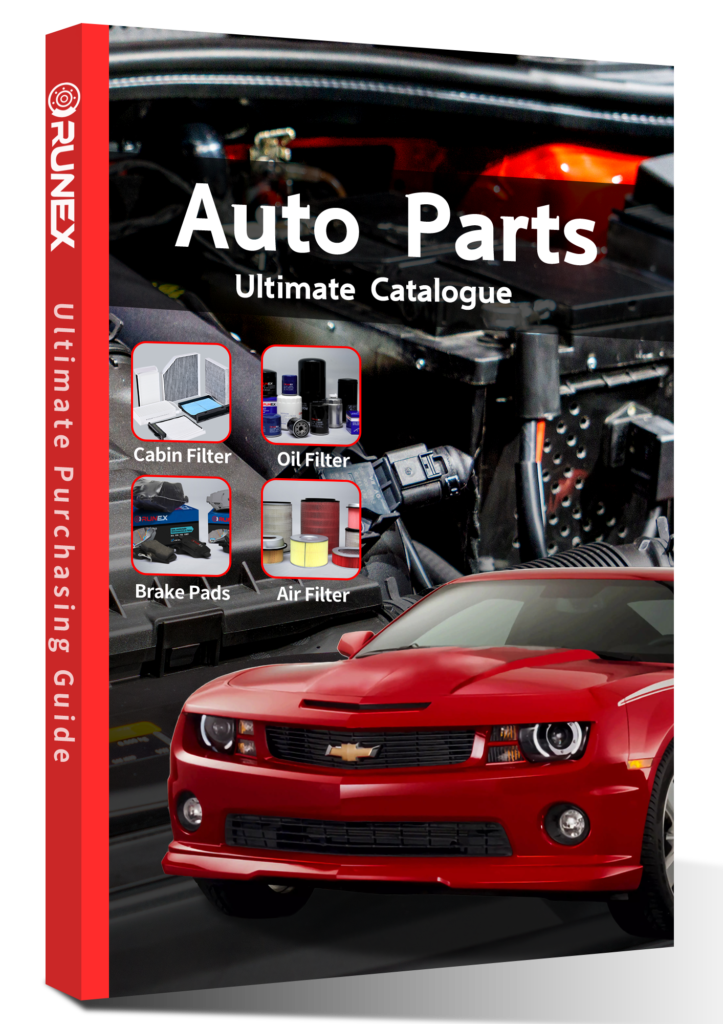If you're managing automotive parts sourcing, you’ve probably heard both terms—brakes and brake pads—used interchangeably. That confusion can cost you real money if you're not careful.
Brakes refer to the entire stopping system—brake pads are just one key part. Choosing the right pads like Runex Auto’s ceramic line can prevent premature wear, noise complaints, and unnecessary replacements.
A quick mistake, like assuming a squeak means the entire brake system needs replacing, can lead to overspending. But when you understand what really matters—like pad material and fit—you make smarter procurement choices. Here's what I often tell distributors and procurement leads when they ask about brake systems and pads.
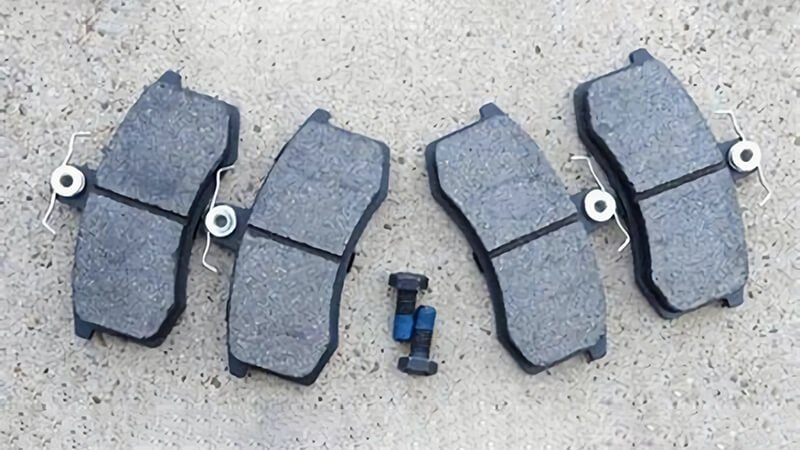
How do I know if it's my brakes or brake pads?
Braking issues aren’t always what they seem. Procurement managers often get vague complaints from clients—noisy brakes, slow stopping, or "it just feels off." Knowing how to trace the issue matters.
Brake problems usually stem from worn brake pads—especially if the issue is noise, dust, or poor performance. Full brake failure is rarer and more severe. Always check the pads first.
How I help buyers identify the real issue
When one of our distributors in Europe started reporting customer returns for noisy brakes, we reviewed the field complaints. Turned out, the brake pads they previously sourced had uneven wear patterns1 due to poor material bonding.
That’s when we supplied our Runex ceramic brake pads2. They come with anti-noise shims and are pressure-tested to avoid inconsistent wear. Within 60 days, their returns dropped by 60%. This wasn't a full brake system issue—it was simply the pads.
Comparison Table: Brake Pads vs Brake System Failures
| Symptom | Likely Cause | Recommended Action |
|---|---|---|
| High-pitched squeal | Worn brake pads | Replace pads only |
| Grinding sound | Pads fully worn down | Check rotors and pads |
| Brake fluid leaking | Caliper or hose issue | Full system inspection |
| Brake pedal soft | Air or fluid issue | Bleed system, check fluid |
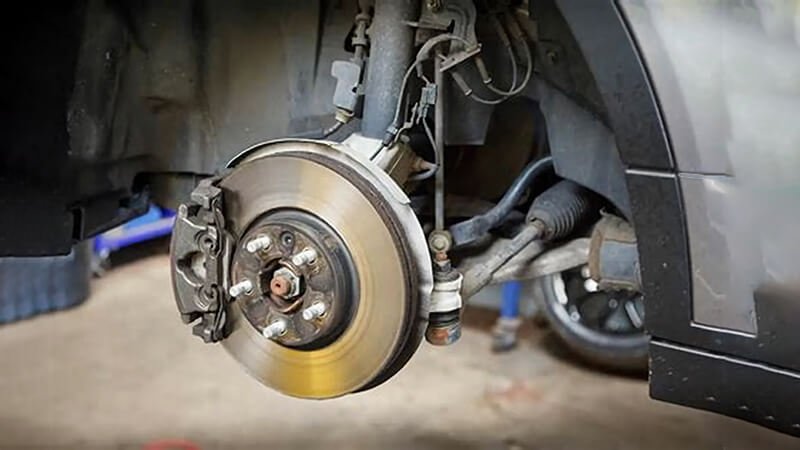
Do cars have both brake pads and brake shoes?
This question pops up a lot during technical audits. Especially when sourcing parts for mixed fleets or older vehicles.
Yes, many vehicles—especially older models or trucks—use both. Brake pads are for disc brakes (typically front), and brake shoes go with drum brakes (often rear).
Why it matters in procurement
Modern passenger cars primarily use disc brakes all around. But certain vehicle segments—like light trucks or regional delivery vans—still use rear drum brakes due to cost and mechanical simplicity.
At Runex Auto, we manufacture both. Our brake pads3 are engineered for thermal stability and quiet performance, while our brake shoes4 are bonded with friction material designed for rear-wheel balance under load.
One client requested pads, but when we checked the spec sheet, we realized their vehicle model also needed rear shoes. Sending both meant fewer service delays and a smoother client experience.
Table: Brake Pad vs Brake Shoe Differences
| Feature | Brake Pads | Brake Shoes |
|---|---|---|
| Works with | Disc brakes | Drum brakes |
| Vehicle placement | Usually front (some rear too) | Mostly rear |
| Replacement frequency | More frequent | Less frequent |
| Runex Product Code | RX-Ceramic-F/Metallic | RX-Drum-Bonded |
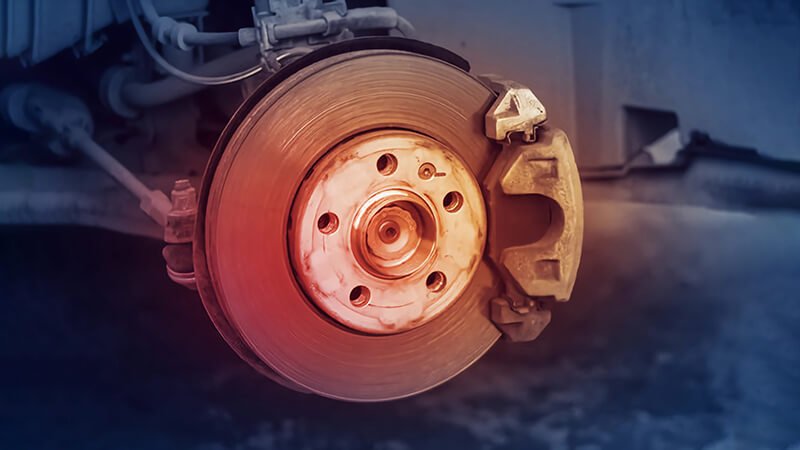
What do bad brake pads sound like?
The sound of a failing pad is often your first clue. But you need to understand the type of noise to recommend the right fix.
Squeaking or grinding noises usually mean the brake pads are worn, uneven, or contaminated. It’s a common sign your customer needs a pad replacement—not a full brake job.
Real-world noise problems (and how Runex solved them)
One distributor approached me, frustrated. Their client base—mostly premium car owners—complained about noise just weeks after pad replacement. The pads were affordable, but noisy.
We sent them Runex ceramic pads5 with built-in anti-noise technology6. These include chamfered edges, multilayer shims, and temperature-tested material for stable performance. The feedback? “We finally feel confident sending these to our top-tier clients.”
Since then, they’ve standardized our pads across several product lines—less noise, fewer complaints, stronger brand trust.
Brake Noise and Pad Material Chart
| Noise Type | Likely Cause | Runex Solution |
|---|---|---|
| High-pitched squeal | Worn pad indicator or cheap material | Ceramic compound with shim layering |
| Grinding | Pad worn to metal | Replace with heat-resistant pad |
| Vibration noise | Uneven pad surface | Runex pressure-tested flatness control |

What is the difference between brake pads and brakes?
This is the big one. And misunderstanding it causes most overspending in fleet maintenance or parts procurement.
Brakes are the full system—rotors, calipers, pads, hoses, and fluid. Brake pads are the specific friction component that presses against the rotor to slow the car.
Why buyers must distinguish between parts
From a sourcing perspective, confusing pads with “brakes” leads to overspecifying. Some buyers think a complaint means they must replace calipers or rotors. That’s expensive—and often unnecessary.
Runex brake pads7 are engineered to extend system life. By reducing heat buildup and wear on the rotor, our ceramic pads help preserve the entire braking system8.
When you choose the right pad, you cut down on unnecessary replacements. This helps you reduce downtime and meet delivery schedules—especially in high-load fleet environments.
Breakdown: Full Brake System vs Just Pads
| Component | Function | Runex Role |
|---|---|---|
| Brake Pads | Friction against rotor | High-durability ceramic pads |
| Rotors | Contact surface for pads | Protected by pad material quality |
| Calipers | Push pads against rotors | Indirectly affected by pad wear |
| Brake Fluid | Transmits pedal force | Not replaced with pad change |
| Brake System | All of the above | Pads are key wear point |
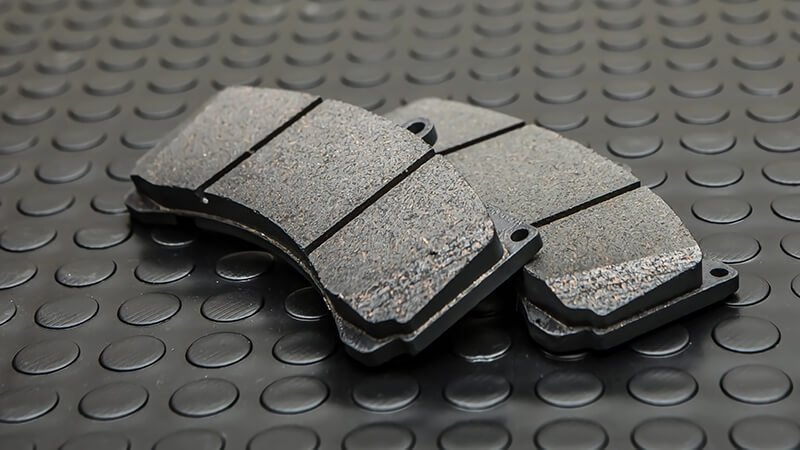
Conclusion
Understanding the difference between brakes and brake pads9 is more than a technical detail—it’s a cost-saving strategy. Most noise or wear issues come down to the pads. With Runex Auto ceramic brake pads, I help procurement teams like yours avoid system-wide replacements, reduce complaints, and deliver consistent performance. Know what you’re replacing, and you’ll save time, money, and trust with your clients.
-
Learn about the factors leading to uneven wear patterns in brake pads to prevent future issues and improve safety. ↩
-
Explore this link to understand how Runex ceramic brake pads can enhance braking performance and reduce noise. ↩
-
Explore the advantages of brake pads to understand their role in vehicle safety and performance. ↩
-
Learn about brake shoes to gain insights into their function and importance in vehicle braking systems. ↩
-
Explore the advantages of Runex ceramic pads, including their anti-noise technology and performance features. ↩
-
Learn about the innovative anti-noise technology in brake pads and how it enhances driving comfort and safety. ↩
-
Explore this link to understand how high-durability brake pads can enhance your vehicle's performance and longevity. ↩
-
Learn about the intricacies of a braking system and its components to make informed decisions for your vehicle maintenance. ↩
-
Find the best quality auto brake pads from Runex Auto. ↩

